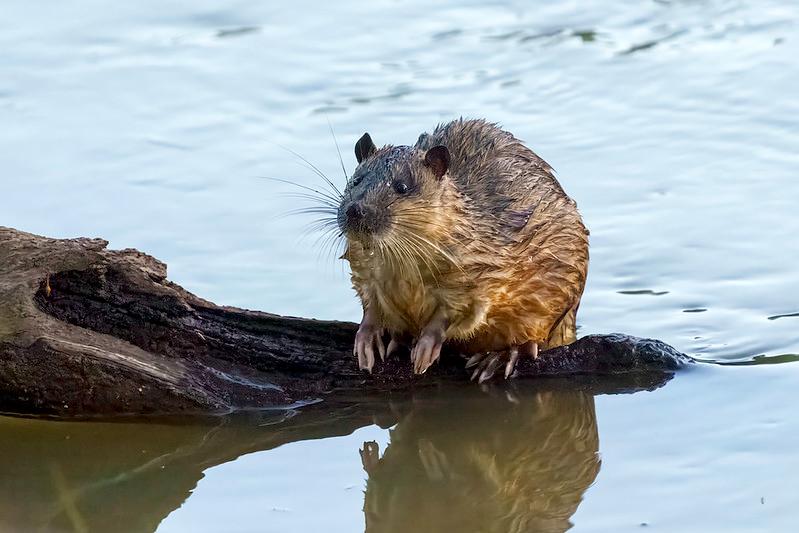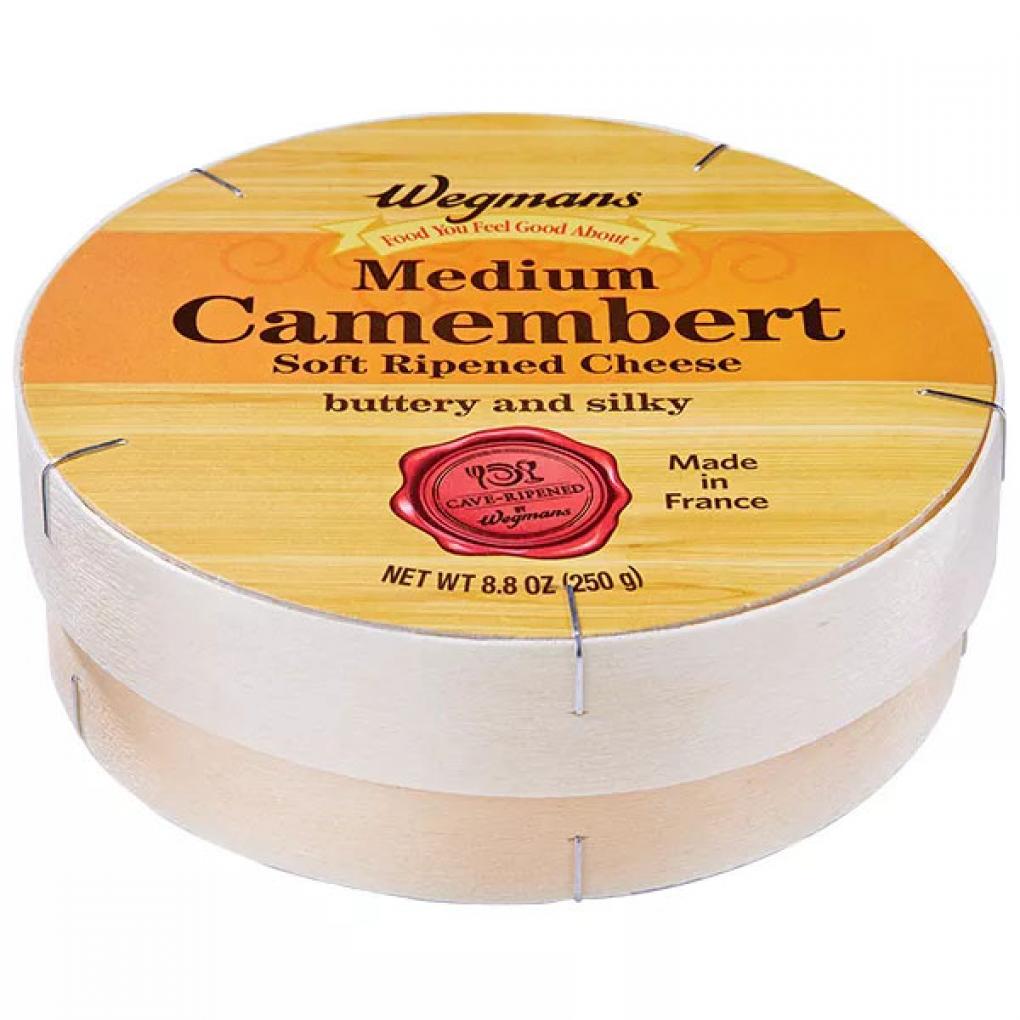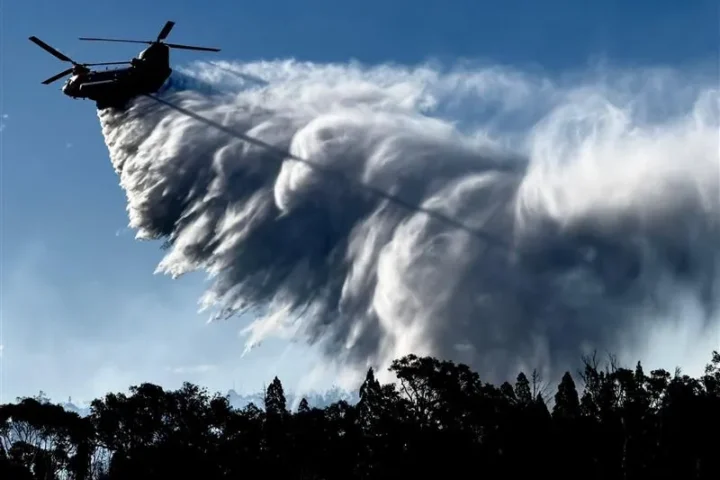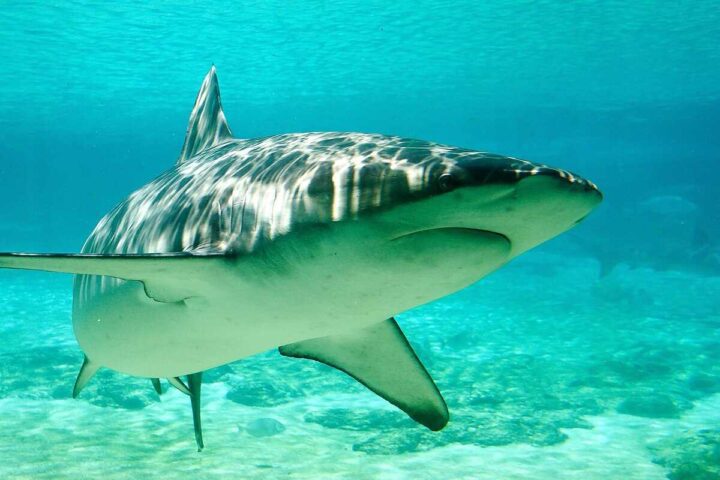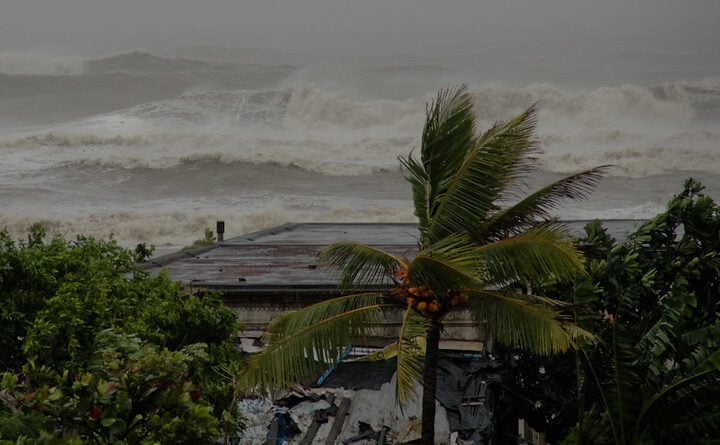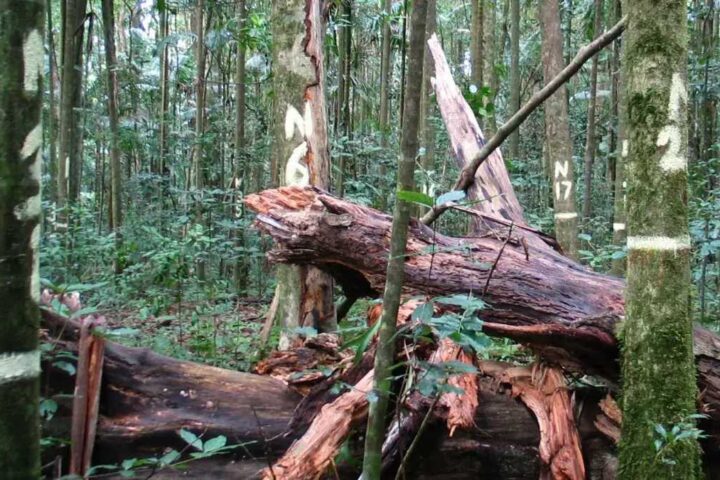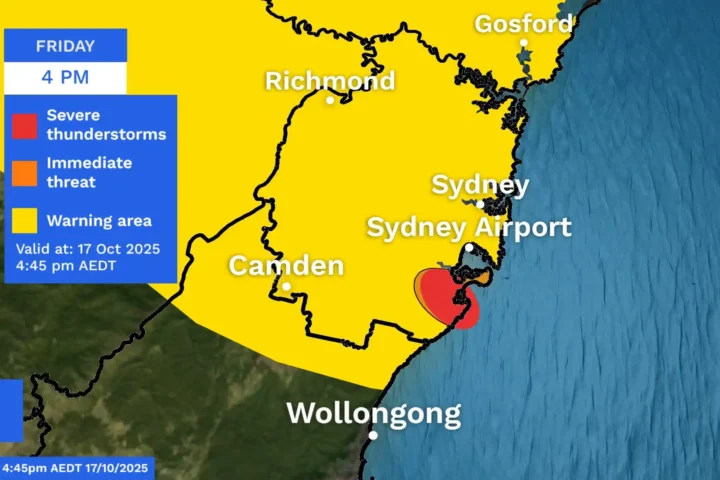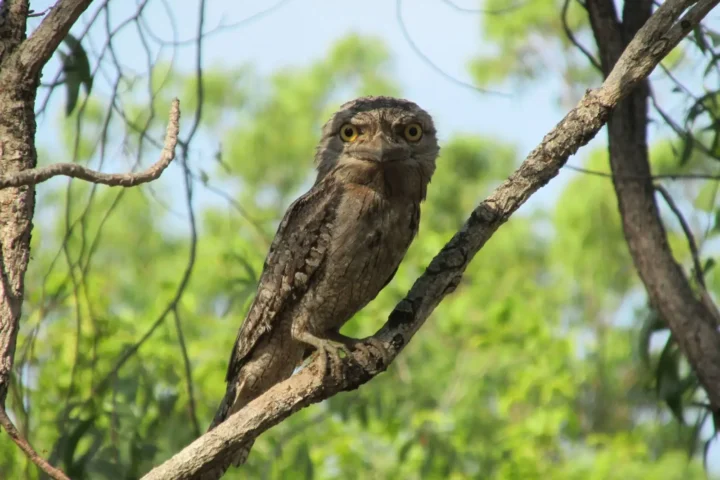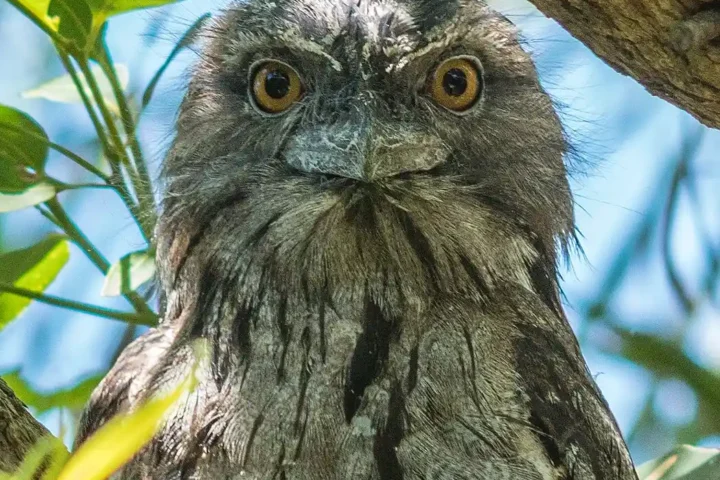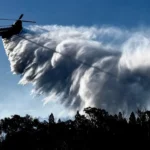The humble water rat has finally received its moment in the spotlight. In a remarkable display of public appreciation for overlooked wildlife, the rakali claimed top honors in ABC’s National Science Week poll after approximately 65,000 votes cast — ABC’s coverage reported the rakali received about 29% of votes, though some program pages listed 20%.
After 65,000 votes, Australia has spoken — the rakali has been crowned Australia’s most underrated native animal. Raking in 29 per cent of the votes cast, the water rat was well out in front. Here are the results:
- Rakali
- Palm cockatoo
- Giant cuttlefish
- Dugong
- Marsupial mole
- Turtle frog
- Velvet worm
- Great desert skink
- Ghost bat
- Short-finned eel
Test Your Rakali Knowledge
How well do you know Australia’s most underrated native animal?
What percentage of votes did the rakali receive in ABC’s poll?
I’ve watched wildlife polls come and go since the conservation movements of the 1970s, and this shift toward celebrating lesser-known species rather than the usual iconic marsupials signals a welcome maturity in public understanding of biodiversity.
The rakali, known scientifically as Hydromys chrysogaster, inhabits waterways across Australia. Australia’s largest native rodent features water-repellent fur and partially webbed hind feet perfectly adapted to its semi-aquatic lifestyle. These clever creatures rely on their sensitive whiskers to forage underwater, being predominantly nocturnal in their habits.
Rakali have been observed manipulating shells and forming middens; some sources describe behaviors like using rocks or platforms to access shellfish. Another remarkable behavior is their ability to safely eat cane toads by flipping them over to avoid the poisonous glands and surgically removing toxic organs before consumption.
For wildlife enthusiasts hoping to spot these elusive mammals, patience yields rewards. Research from Charles Sturt University demonstrates that to infer absence with 95% confidence, six nights of 30-minute nocturnal spotlighting are required; platform-facing camera traps require about 12 nights of deployment.
Rakali occur along rivers, creeks, wetlands, estuaries and coastal habitats across Australia. Citizen scientists can contribute valuable data by logging sightings through iNaturalist or with the Australian Platypus Conservancy.
While koalas and kangaroos typically dominate conservation headlines, the rakali and other poll finalists play crucial ecological roles despite receiving far less recognition. The National Science Week initiative spotlights these underappreciated species, allowing the public to discover the remarkable diversity that makes Australia’s fauna truly unique.The complete announcement and expert commentary remain available through ABC’s What the Duck?! special segment online for those wishing to learn more about these fascinating creatures.
